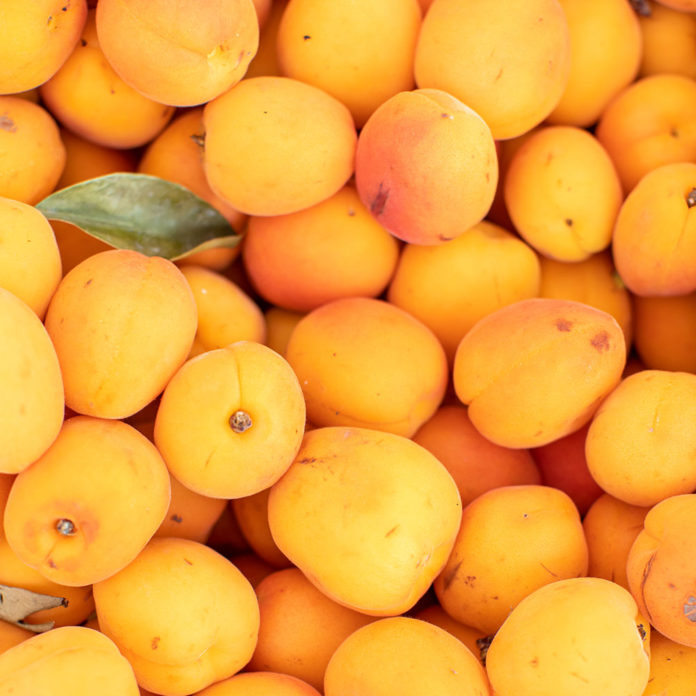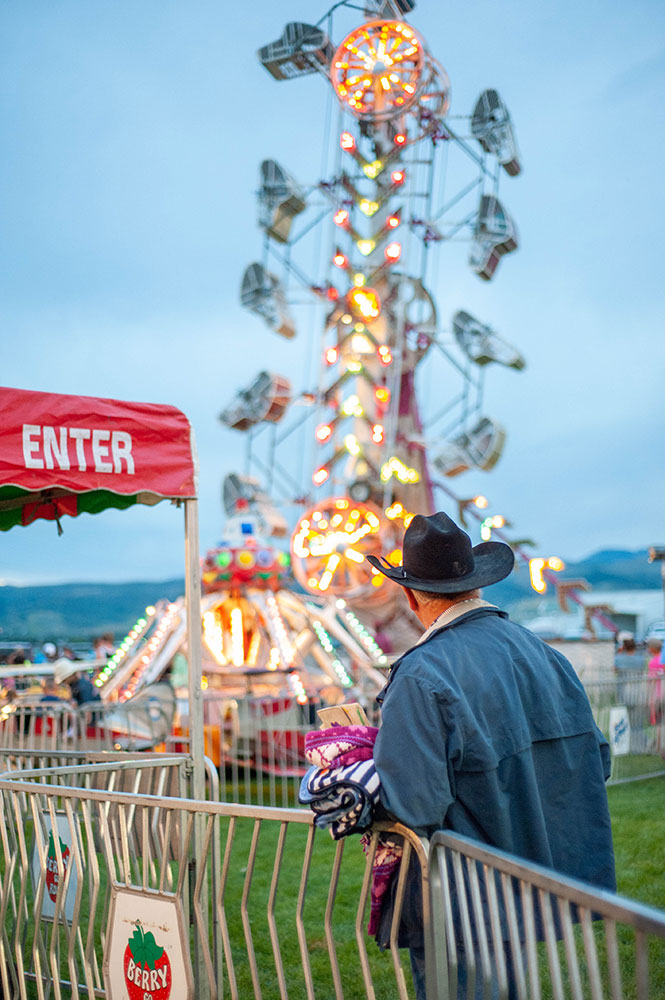
By Liza Gershman
Even now, in early August, the morning air carries a chill more familiar to spring than high summer heat. Tomato vines hesitated. Peaches took their time. Only this week did the real warmth arrive—sunlight pressing into the ground, drawing out ripeness at last.
The apricots came on schedule. Faithful, golden, just in time to turn into jam.
In my family, this is jam season.

We peel apricots with the backs of our thumbs, the skins slipping free like old lace. There’s lemon, a heap of sugar and the slow alchemy of time and heat. My mother and I stand at the stove together, stirring with restless attention. We measure by scent, by color, by feel. No timer needed. The bubbling pot tells us when it’s ready.
This year, our jars rest next to more than just jam. We’ve both entered the Sonoma County Fair’s table decorating contest—two imagined tables set for guests we dreamed up. We’ll know the results by the time this is printed, but the ribbon isn’t really the point. We enjoyed the process. Choosing linens, arranging flowers, finding small objects that felt like they belonged.
Fairs have always been about that kind of offering. A pie, a bouquet, a perfect tomato. A quiet kind of pride in what’s been locally grown or made.
I’ve entered before. As a teenager, I submitted photographs to the Youth building. Before that, I stitched a dress for the sewing competition. One summer, my mother painted a mural backdrop for the Hall of Flowers while I helped lay down the yellow brick road. I still remember the scent of tempera paint and glue, the shimmer of gold foil under overhead lights.
The first American agricultural fair was held in 1765 in what’s now Pennsylvania—11 years before the country was founded. It was just a two-day agricultural market then. By 1811, New England farmer Elkanah Watson had formalized the concept with livestock judging in Massachusetts. From there, the idea of community ag fairs spread across the country like wind-scattered seed.
The Sonoma County Fair began in 1936 with a modest collection of exhibits, horse races and a floral display. Even then, people arrived with pies, jams, dahlias, quilts—each entry a small act of celebration and skill.
The fair brings in visitors to the region, fills motel rooms for the staff and concessions, keeps local vendors busy. People don’t always think about the setup crews, the electricians, the kids who save their prize money for college. But it all adds up quietly, year after year, and it has an important economic boost.

Inside the Home Arts building, the jars line up behind glass. There are pies, pickles, cakes and jams. Quilts. Crocheted baby blankets. Everything labeled and displayed. These aren’t just entries. They’re glimpses into how someone spent their summer. Their kitchen. Their time.
Apricot jam is often among the first preserves to be entered. A bright, tart echo of early summer, it shows up just as the season begins to deepen. Some years it’s perfectly smooth, others it’s more rustic. Either way, it arrives with a sense of pride. A good jam takes time—often five hours or more from fruit to jar. There’s peeling, pitting, slow cooking, skimming, sterilizing, sealing. It’s not a quick thing.
Even as agricultural entries have declined in some areas, home arts contests have grown—bread, preserves, pies—filling that same space of tradition and community.
Tawny Tesconi, longtime manager of the Sonoma County Fair over the years and a lifelong advocate for agricultural traditions, once told me her love of it all began with a single 4-H entry. She and her brother never stopped showing up. “The fair gives people a place to be part of something lasting,” she said. “It’s where tradition and community meet.”
This week, the jars are lined up under the lights. Our tables are there, too—side by side in the Floriculture building. The days are finally warm. The apricots won’t last much longer.
But their sweetness lingers.
What’s in Season
Healdsburg Farmers’ Market stalls are overflowing with tomatoes, stone fruit, squash blossoms, corn, eggplant, cucumbers, peppers, basil, berries, figs and melons. Look for heirloom varieties, sunflowers and early grapes arriving at the Tuesday and Saturday markets.
Liza Gershman is the author of 19 books, including the forthcoming ‘Farm + Market: Healdsburg’ in partnership with the Healdsburg Certified Farmers Market. She is a photographer, writer and lifelong farmers’ market devotee. Follow her work at healdsburgbook.com and lizagershman.com.








